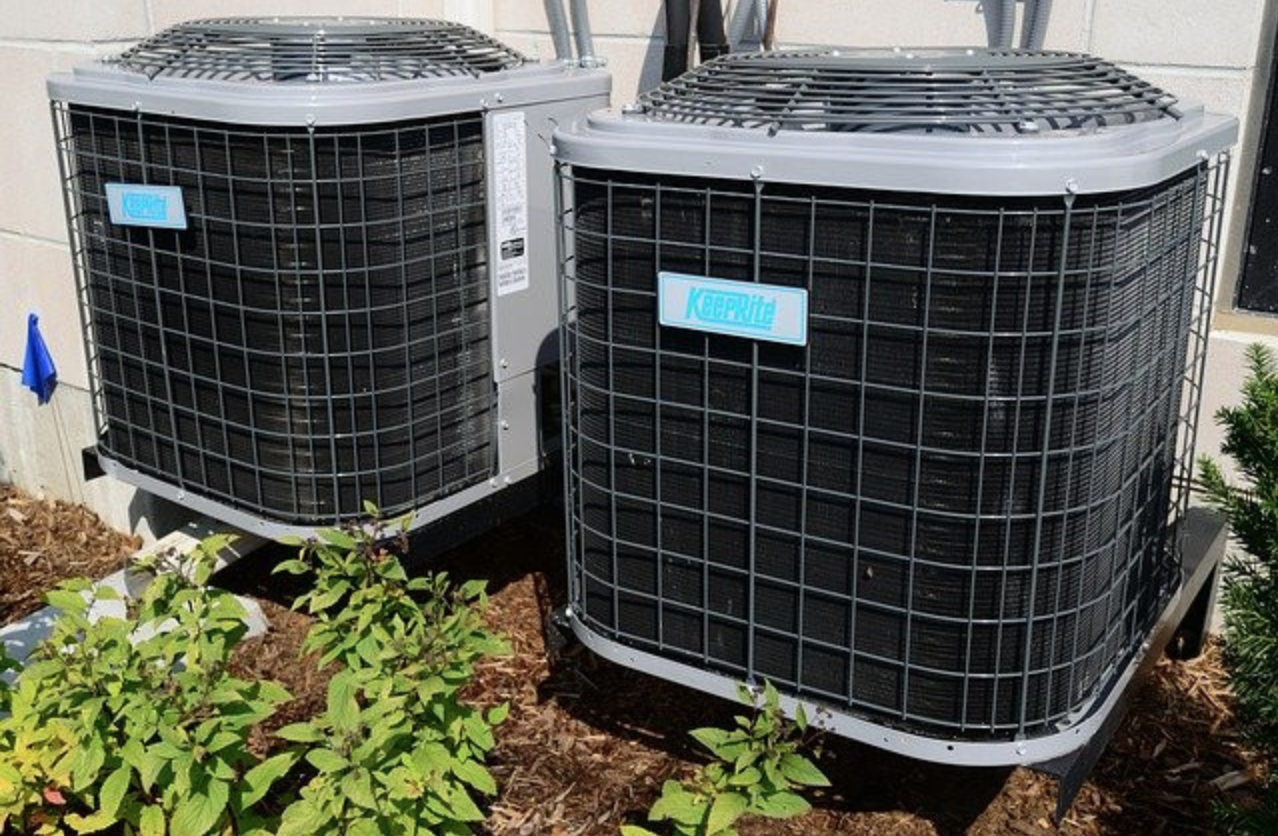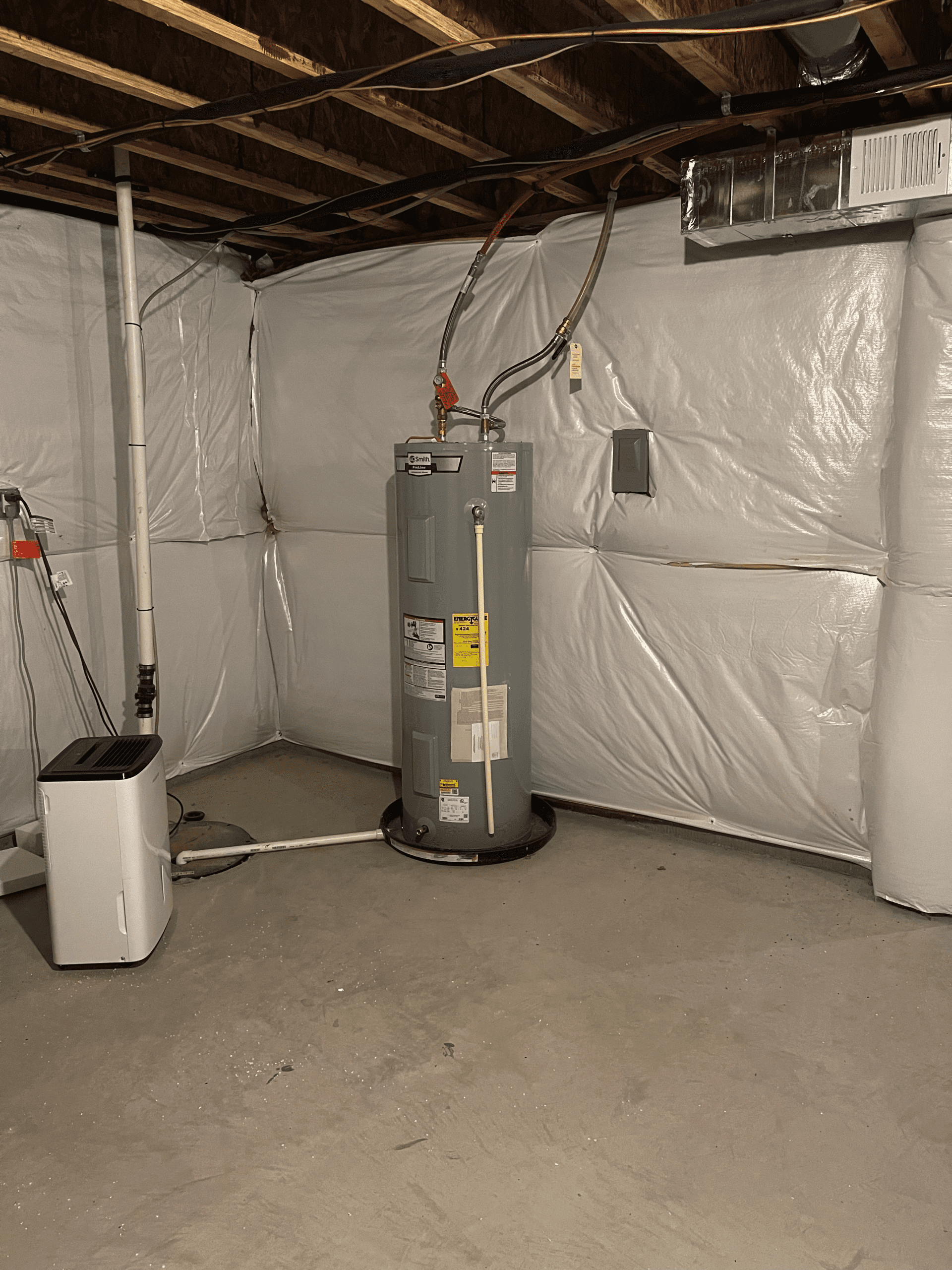When buying a home, new homeowners are often advised to check the maintenance schedule of home appliances, including the water heater. And then, you notice in the user manual that your water heater needs regular flushing. But do you really have to do that?
You need to flush your water heater regularly because sediment from tap water builds up at the bottom of the heater. The buildup creates a barrier that makes it challenging for the heater to heat water, resulting in inefficiencies. Over time, you’ll realize it takes longer for water to get hot.
In this article, I’ll discuss why you should flush the water heater, how to do it, and how to tell your it needs flushing.
Why You Need To Flush Your Water Heater Once a Year
The phrase, “if it isn’t broken, why fix it?” may be true in many scenarios, but it doesn’t apply to home appliances. Flushing your water heater should be on your annual to-do list for various reasons:
- Water leaves sediments at the tank’s base, especially hard water. These naturally occurring minerals, such as calcium, form a layer in the tank, forcing you to heat the water for longer to get to your preferred temperature.
- It helps you maintain the same heating speeds over a long period.
- It’ll keep your heating energy bills low.
- It’ll get rid of the odor in the water.
- It allows you to inspect the tank for signs of damage.
- Flushing will stop your water heater from making noise as it pushes itself to heat the water through the thick layer of sediments.
The water heater serves you diligently for months, so flushing it once a year is not asking for too much. Additionally, the sediments, if not flushed, will bring unnecessary problems that will prove costly in the long term.
What Happens if You Don’t Flush the Water Heater?
You may not notice any issues if you go for long without flushing, at least not immediately. However, over time, you’ll notice subtle changes that, if not fixed, will grow into a nightmare that will cost a fortune in repairs or water heater replacement.
When you don’t flush the water heater, the minerals in the water will settle at the bottom of the tank. The longer you go without flushing, the sediment layer becomes thicker, and the water space smaller. Soon your tank will start rusting. You’ll have lower water pressure and reduced performance.
You can avoid so many issues with your water tank by flushing it once a year. If you haven’t been flushing, you risk damaging your water heater. Additionally, your entire plumbing system is likely to start developing issues due to the failures of the water heater.
How To Flush Your Water Heater
Fortunately, you don’t need a professional to flush your water heater. You may need to learn the basics of how the water heater works, but by following these instructions, you’ll be able to flush your water heater successfully:
- Turn the thermostat knob to the off position. If you have an electric water heater, go to the home breaker box and turn off the switch.
- Turn off the gas if it’s a gas water heater.
- Close the cold water supply valve.
- Open any hot water faucet and allow the water to run. Leave the faucet to run until you finish flushing the water heater. Avoid turning off the faucet before flushing because it creates a vacuum that may interfere with how the tank drains.
- Alternatively, you can install a hose on the drain valve and release the water in a bucket. You should be careful, especially if the water is still too hot.
- Open the cold water supply into the tank and flush out the sediments. Do this multiple times until clear water comes out of the tank.
- Turn off the drain valve before removing the hose. Close the faucet if you drained the water into the sink or bathtub.
- Reopen the cold water supply to fill the tank.
- Turn the gas or breaker box switch back on.
- Turn on the thermostat knob.
- Wait for the water to heat up. Confirm that you have hot water coming out of the faucets.
While this process is easy enough to follow, it is best to get a professional technician if you are not confident flushing your water heater.
This video shows how to flush a standard water heater:
Flushing a Tankless Water Heater
A tankless water heater isn’t exposed to a lot of water but faces the same risks as traditional water heaters if you don’t flush it. The lime buildup will affect the heat exchanger, causing it to corrode and struggle to heat the water, increasing utility bills.
You’ll need the following:
- Submersible pump
- Bucket
- 2 washing machine hoses
- 4 gallons (15 liters) of Distilled white vinegar
Before you start, you must confirm that you have a flush kit installed underneath the tankless water heater. These are two valves that look like a hose kit. You need these to flush the water heater. If they are missing, you should get a professional to install the flush kit.
Here’s what you need to do:
- Disconnect the gas.
- Open the hot water valve to remove the water in the tank. This will be very little compared to the traditional tanks. Do the same with the cold water valve.
- Remove the prefilter. If it is clean, your tankless heater probably doesn’t have a lot of scaling, but if it is dirty, it is a sign of the state of your water heater. Dip the prefilter in water, clean it, and put it back in.
- Pour some distilled vinegar into a bucket.
- Place the submersible pump in the bucket of vinegar. Connect the hose from the pump to the water heater’s cold water valve.
- Connect a hose to the hot side, placing the other end into the bucket. You now have a continuous loop (the pump to the water heater to the hose on the hot side).
- Connect the pump and let the vinegar run through the water heater for some time.
- Check the prefilter again because some of the dirt may collect here when you flush your water heater. Wash it as you did before and put it back.
- Turn the hot and cold water valves on.
- Switch the water heater back on to confirm it’s functioning correctly.
Here is a video with a step-by-step guide on how to flush your tankless water heater:
Closing Thoughts
When well maintained, water heaters can last a long time. Plus, it’ll help you save on electricity and repair bills. Not flushing your water heater will cost you a lot more than what you paid for the water heater since there’ll also be a ripple effect that will affect your home’s plumbing system.
Related Posts:



